
Ngathu - choreographed by Djakapurra Munyarryun (Yolngu Elder and Songman, Bangarra Cultural Consultant and traditional movement facilitator)
Ngathu is the cycad – its spirit, its inextricable weave through Yolngu songlines and its life-sustaining fruit. The knowledge and ceremony of ngathu is held and caretaken by the Wangurri Clan (Djakapurra’s clan), one of the ten clans of the Yirritja moiety.
Everything in the Yolŋu world view is made up of two moieties. One is Yirritja and the other one is Dhuwa. Dhuwa and Yirritja make up our world view. They are two halves of our holistic world view ... everything in the land is either Yirritja or Dhuwa.
Ngathu is traditional ngatha (food), available from August when the ngathu becomes ripe (orange). This plant inspired the work of the same name, choreographed collaboratively by Djakapurra Munyarryun and Stephen Page in 2017.
Click to listen to this yarn with Djakapurra and gain an insight into the cultural, spiritual and physical properties of this plant, Cycad – Cycas armstrongii. We look at the cultural practices and process, evolved over time immemorial, which transform this revered, life-sustaining plant into a nourishing delicacy and we see how this process culminated in Djakapurra's performance work Ngathu.
Two Yapas - Two Sisters
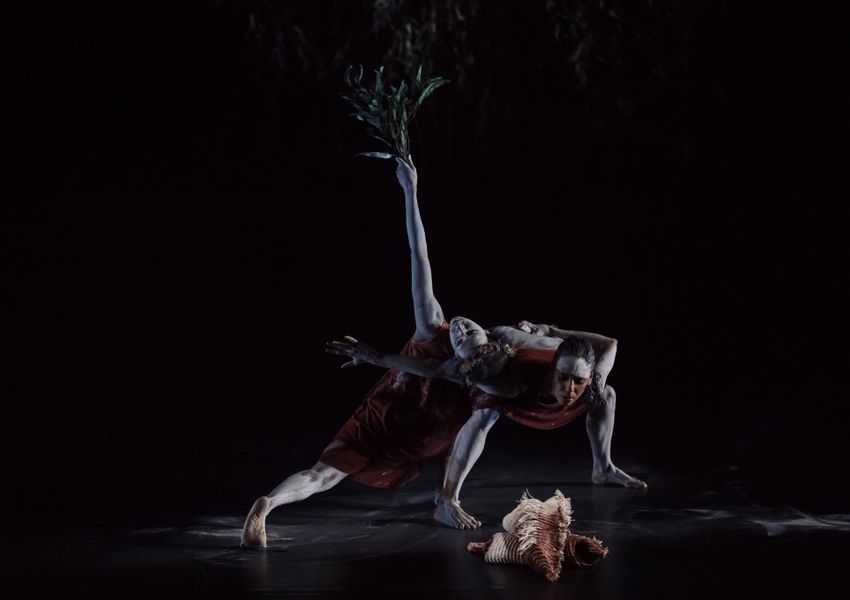
Djakapurra relates ngathu to the stories of the ‘spiritual women' which are an important part of the YIrritja songlines. As the last breath of sunset fades into night, the trees move with the breeze, telling of the presence of these spirit women.
Djakapurra's work Ngathu, created for Bangarra in 2017, begins with the section Two Yapas (Two Sisters), relating the traditional story about these spirit women who caretake the knowledge and grounds of the ngathu. Traditionally, it is the ladies who journey to the cycad groves to collect this food, come ngathu season.
Wurrumthun Ngarra - travelling in search of the ngathu
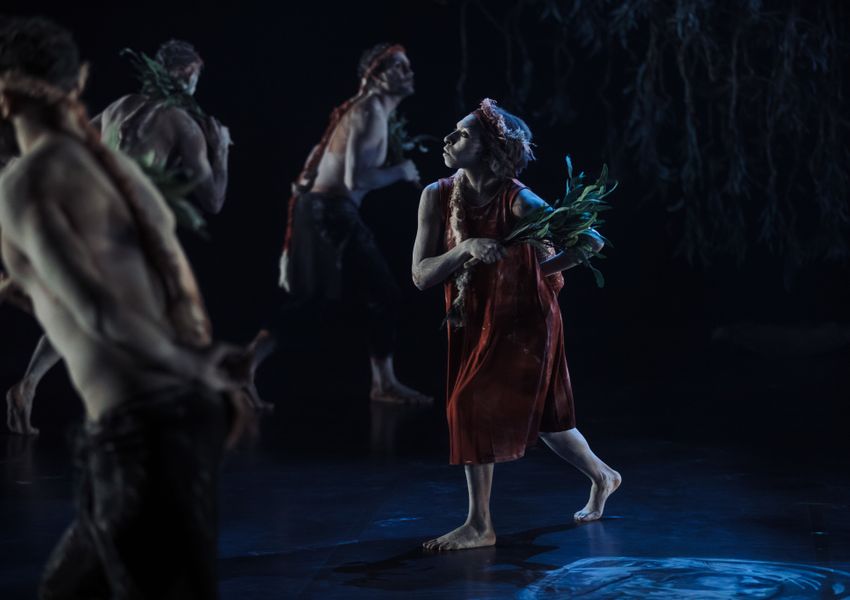
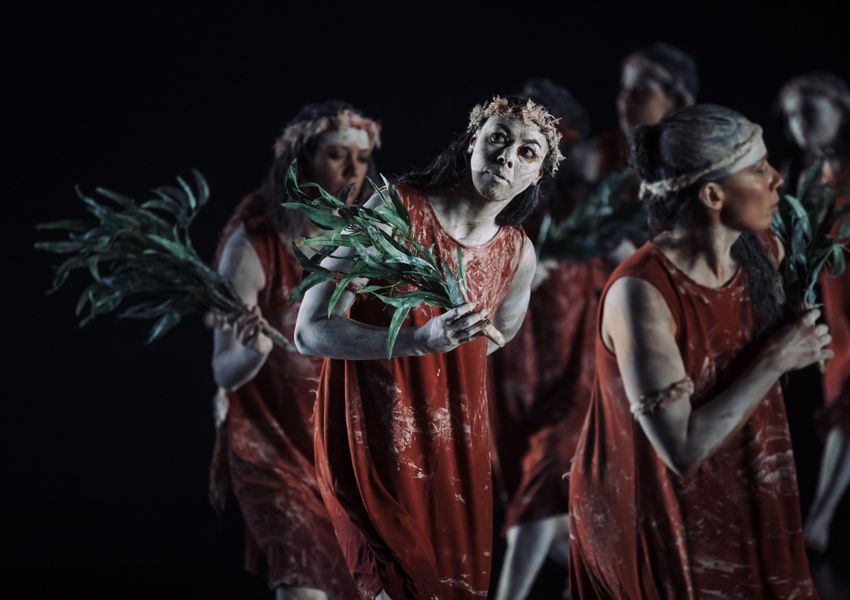
The women travel to the ngathu around August, when the female plants have produced 'nuts' that are then ripe and falling to the ground.
Ngathu Warratthun - picking up the nuts
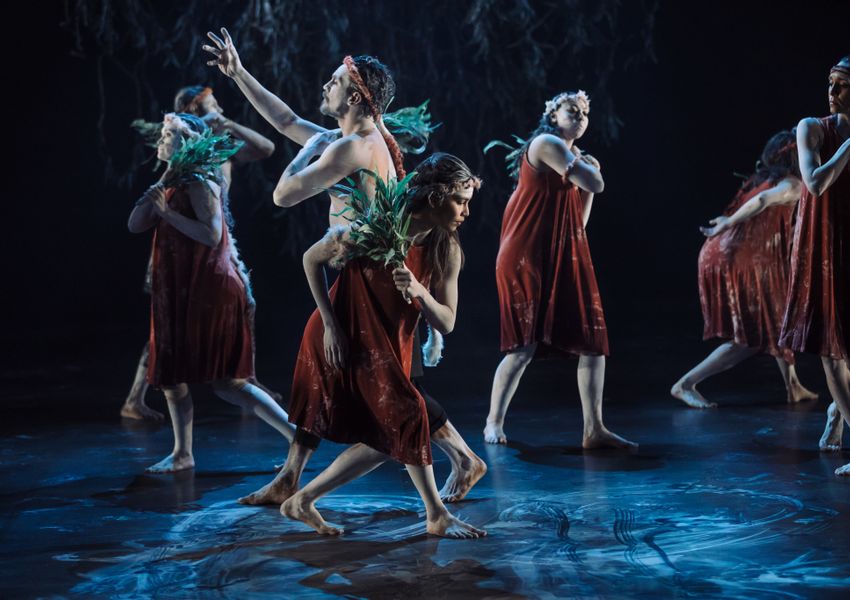
The women gather the ngathu, collecting the nuts that have fallen to the ground. The nuts are round, about the size of a marble and are assessed for quality before they are collected. The women may hit them with a stick to crack them open in order to check the eye of the nut. If they’re white, the flesh is good and they keep them, placing them into their bags to take back to camp.
Mel'wutthun - cracking the nut

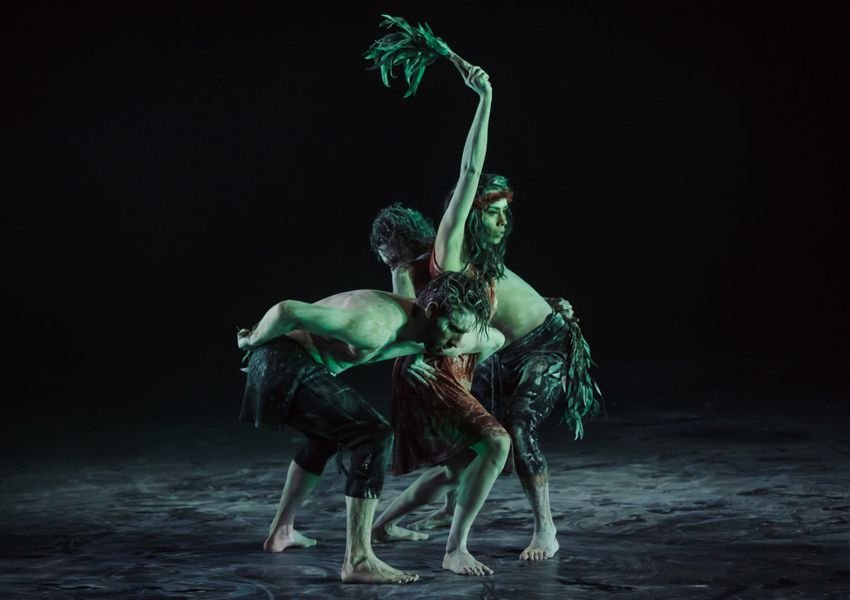
Once brought back to camp, the ngathu is placed in the sun to dry it out for the day. The nuts are often chipped or cracked open into smaller pieces.
Lurrpu – soaking the ngathu to make it safe for consumption

After the nuts are heat-treated by the sun, they are put back into bags and taken to the river where they are anchored to the side of the stream in fresh, running water for a week. It takes around one week for the poisons to gradually leach out of the ngathu and after this, they should be safe for consumption and are taken back to camp, ready for further processing.
Ngurrtja - preparing the fire to cook the ngathu

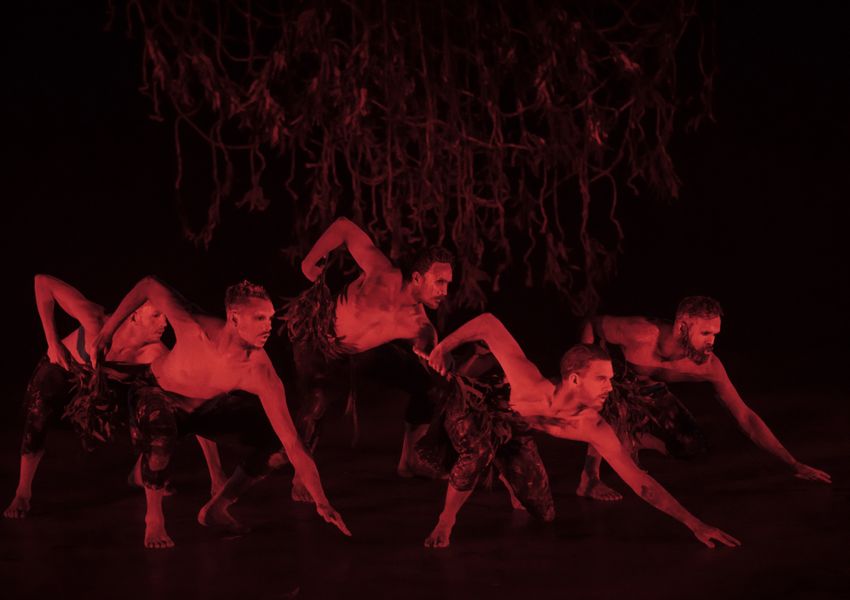
A large fire is prepared. The ngathu is laid between sheets of paperbark and ground between two stones, making a type of dough – no water is needed as the nuts are already moist with fresh, river water. String from the Barrulu tree is gathered and tied around the paperbark which holds and shapes the fresh dough. As the fire eases to a bed of hot coals, the dough is roasted, making a type of damper.
Wata - the wind


While the hot coals cook the food, the fresh wind blows from the north, east, south and west, travelling up the Darling River. The breeze plays with the fire embers, almost tasting the ngatha while it roasts.
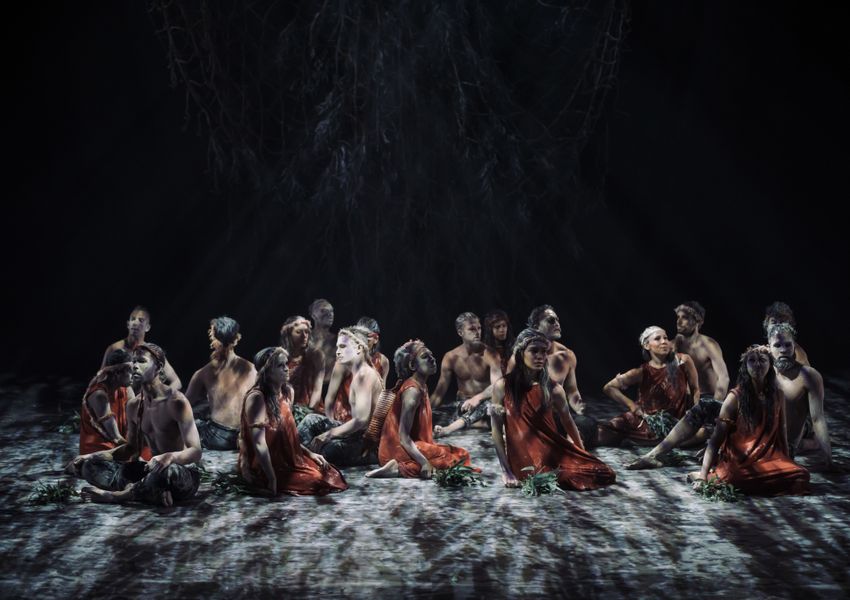
The taste of this damper is a little like a nutty yam. Sometimes a few pre-soaked nuts are placed straight into the coals and are cooked up and eaten like an entrée. When the damper is ready, it can be eaten as is or for a sweet treat, it’s first soaked in native bush honey. Fresh river water goes down nicely with this meal.
This ngathu damper can last for months and because of this, it is carried on long walks, to help sustain people as they travel. Djakapurra says this type of diet is why the old people are so strong – “All their lives they’ve been eating good, fresh, bush food and drinking fresh river water, not soft-drinks.”
“All their lives they’ve been eating good, fresh, bush food and drinking fresh river water, not soft-drinks.”
Interview with Djakapurra Munyarryun
Article by Yolande Brown
-
Songman, Story and Choreography
Djakapurra Munyarryun
-
Songman, Story and Choreography